Penn's Holy Experiment
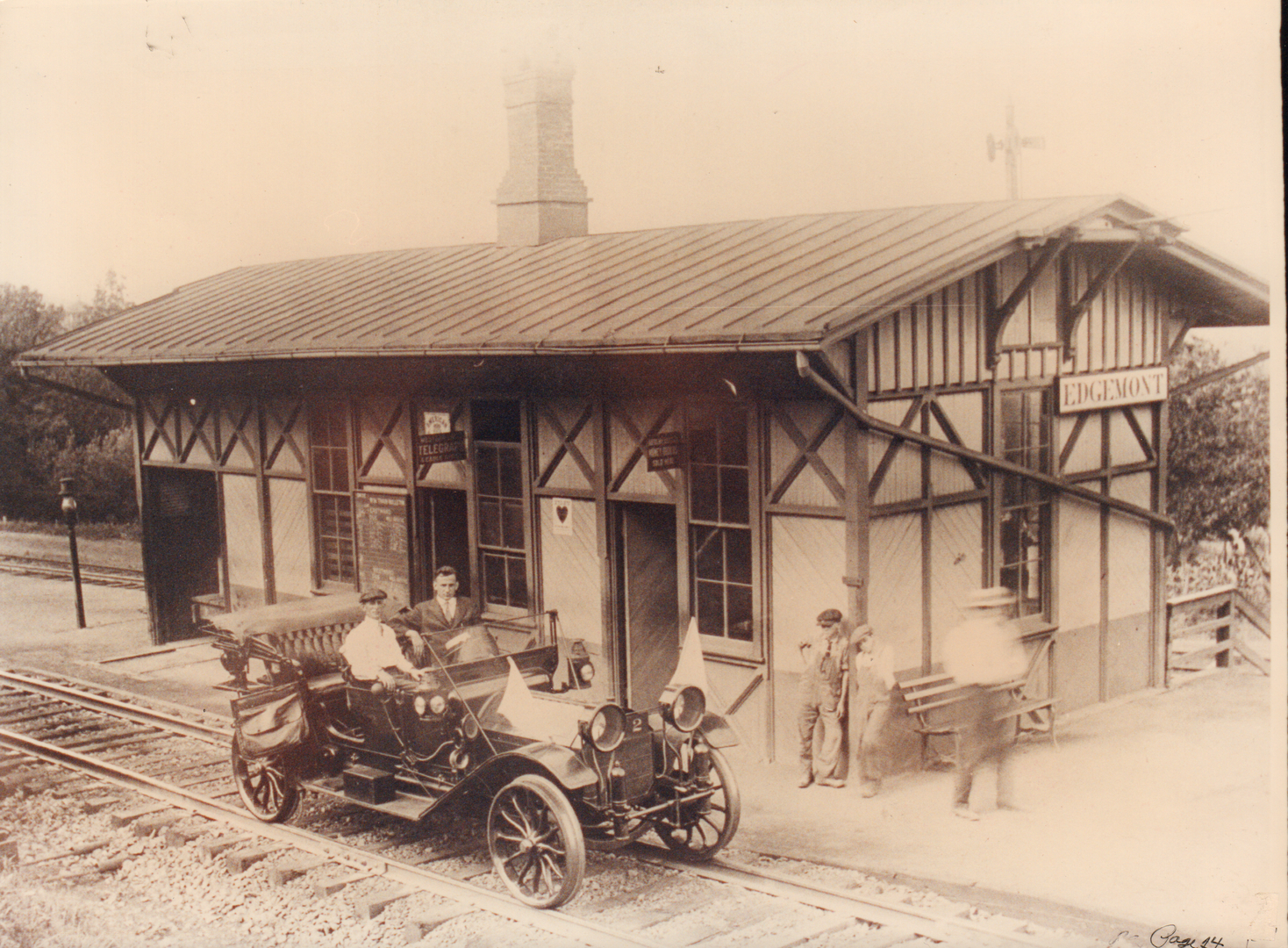
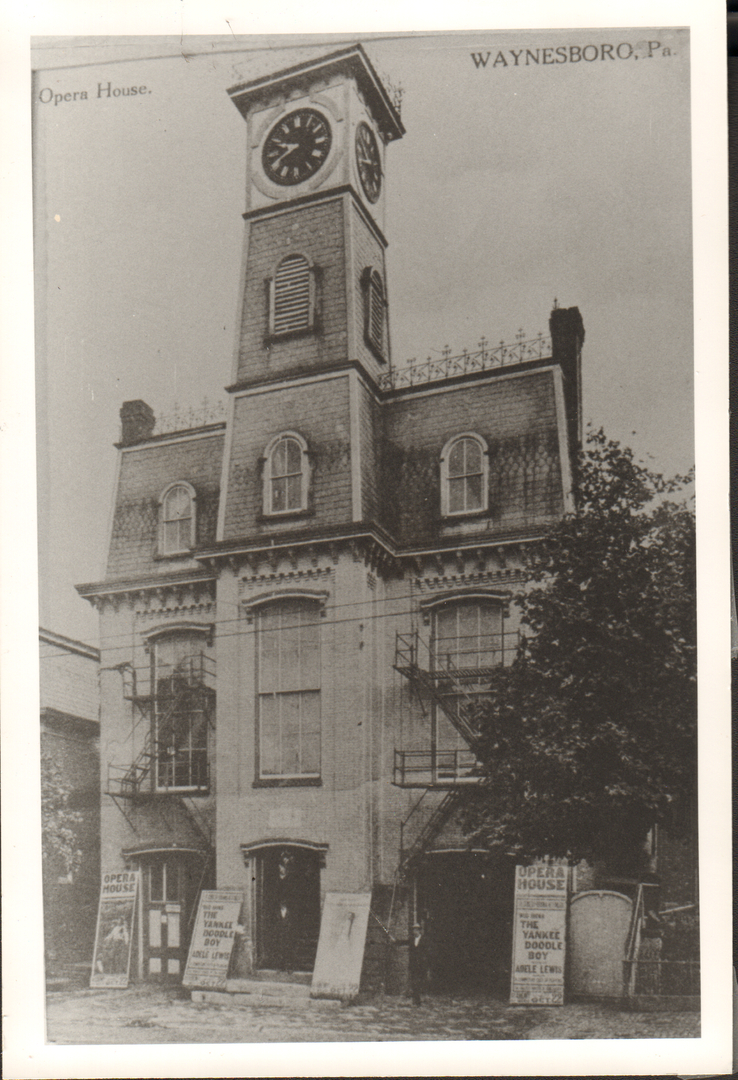
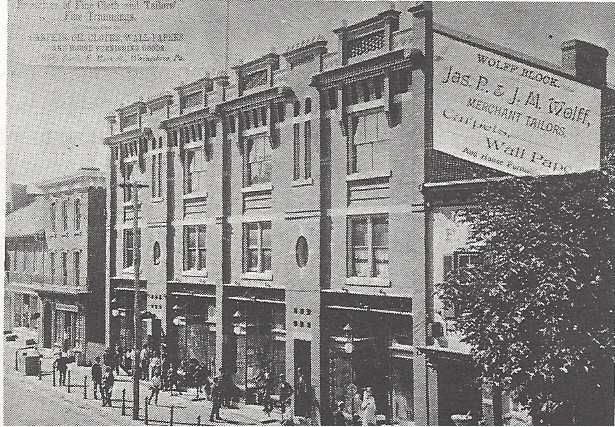
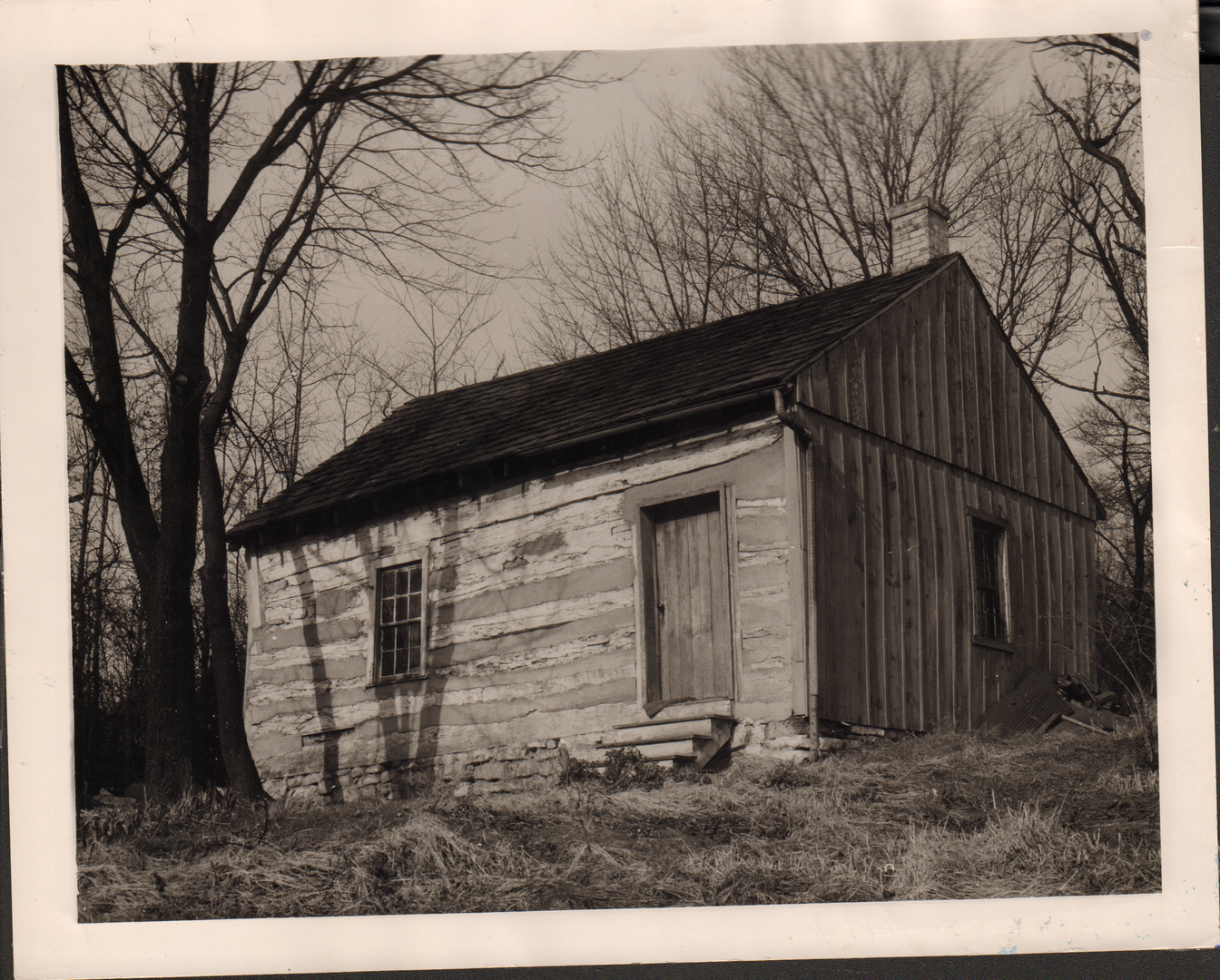
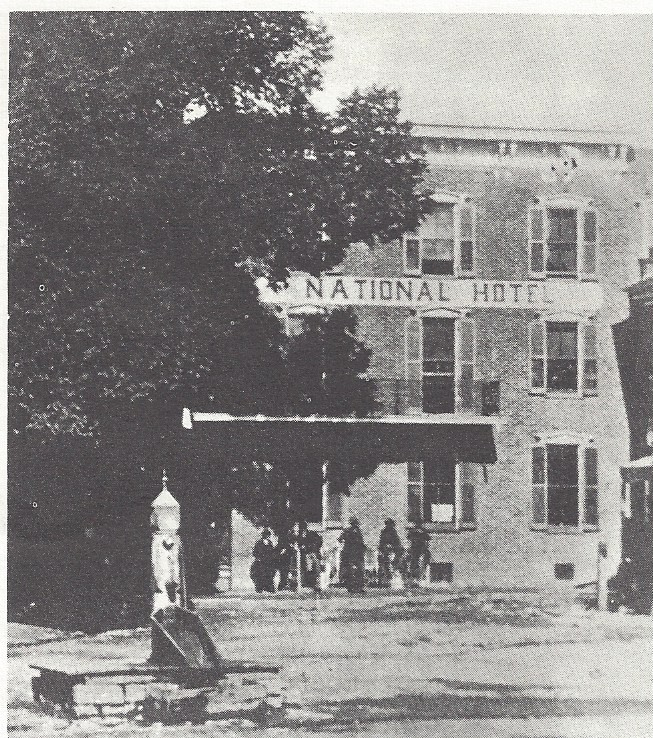
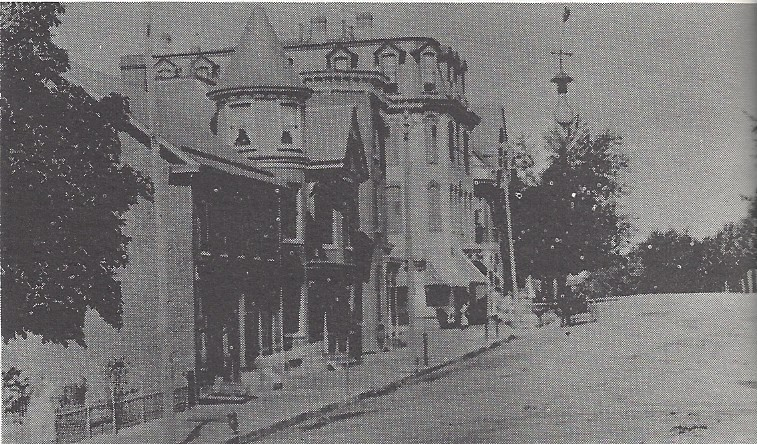

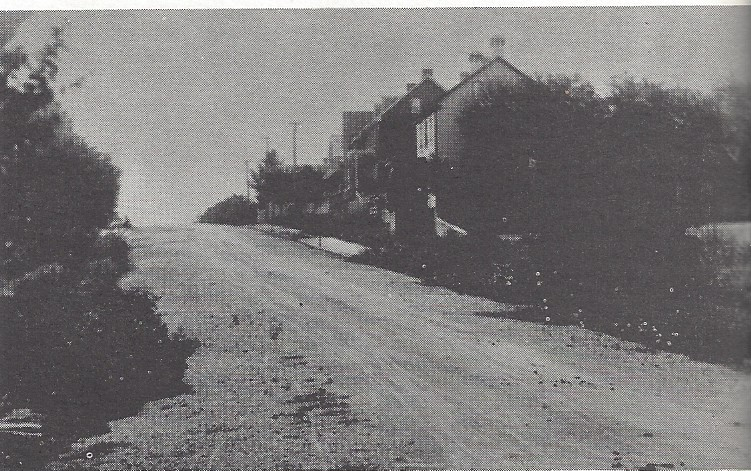
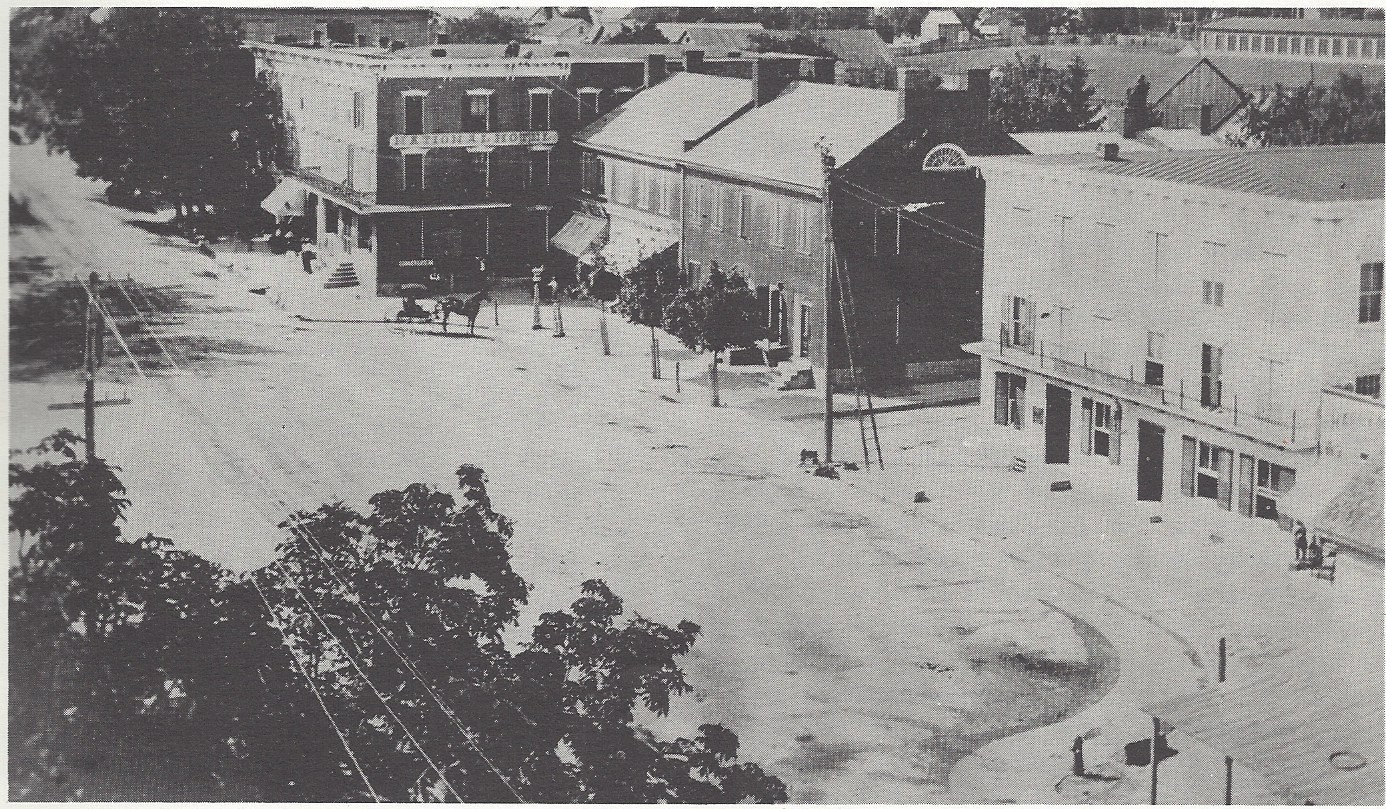

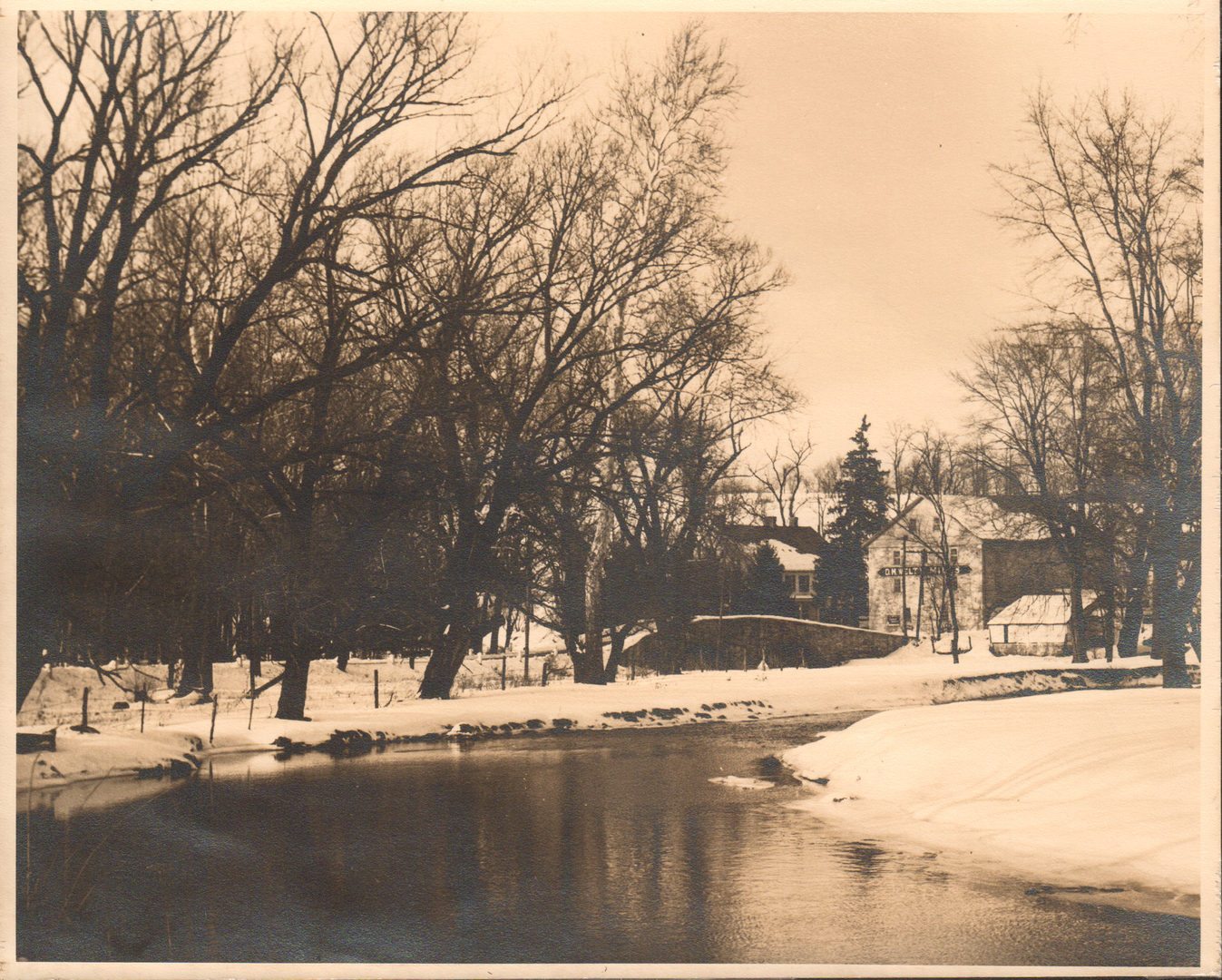
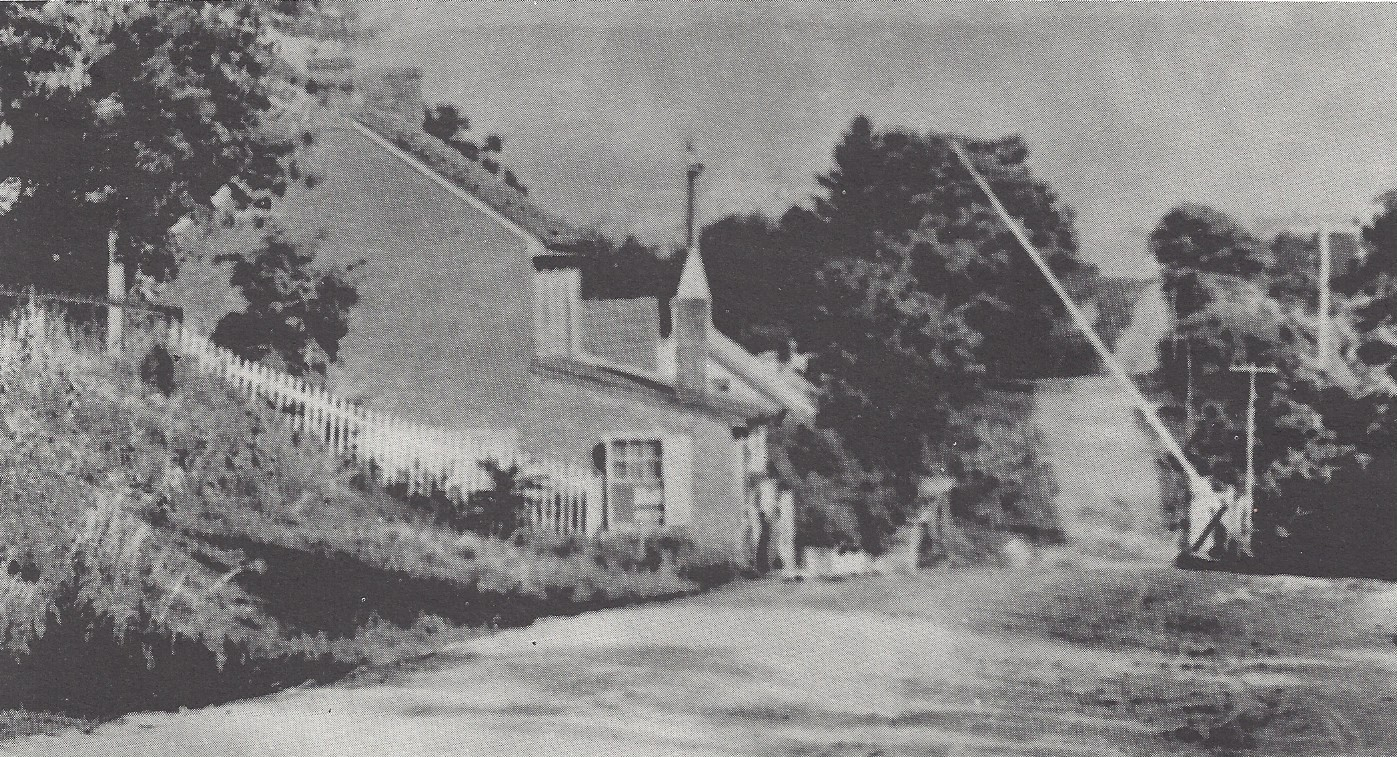

So, it was that when the English King Charles Il gave William Penn a grant of land in the new world, God gave Penn the vision to establish a colony which Penn called a "Holy Experiment". A colony where men were free to worship as they chose, where all qualifications for office holding or voting were eliminated, except the payment of a small state tax. Representation was apportioned on the basis of the number of taxables in each county. This swept away the concentration of power in the hands of a few. The integrity of contracts was exemplified.
While the influence of William Penn lasted there was less trouble with the Indians than in any of the other English colonies. In those days there were many immigrants who lived and died without ever seeing a hostile Indian. It was an accepted necessity for men to work out their own economic needs. Pastorius, who wrote of those early arrivals in Germantown "All have to fall to work and swing the axe most vigorously, for wherever you turn the cry is 'Itur in antiguam sylvan' - - nothing but endless forest."
In neighboring Maryland, a letter written in 1666 said, "The son works as well as the servant, so that before they eat their bread, they are commonly taught to earn it." They were not engaged in building a Utopia. Their hope was for a civilization in which each of them would be free, richer, and more independent, masters of themselves and their own local government. These were the people who look down on us today. Can we each be proud of our own effort to fulfill their ideals?
John Wallace, the elder, secured from the proprietors of the Province of Pennsylvania in 1750, under proprietary warrants, a tract of land containing 630 acres, 119 perches. This included the present site of Waynesboro, and territory to the east and south east. About that time John Wallace built his cabin by the spring which still flows east into the east branch of the Little Antietam. Other families settled nearby. Settlements in pioneer days frequently took the name of the chief land owner and Wallacetown became the favored name of the community.
As William Penn's influence faded after his return to England bitter feelings developed about the administration in Philadelphia. This resulted in a guerrilla type warfare, not only between the settlers and the Indians, but fierce antagonisms between the eastern and western part of the state. Disorder was common.
In July 1764, two renegade Indians killed and scalped two young girls, Sarah and Jane Renfrew, who were doing the family wash in their yard at a small log cabin a couple of hundred yards south of the point where present Route #16 crosses the east branch of the Little Antietam creek. Retribution was swift. They were pursued to the Tuscarora Mountain which rises west of the valley. There they were killed, and their scalps brought back to the scene of the crime. There was no organized protective force at that time, but individuals assumed the responsibility of peace keeping.
While other guerrilla depredations occurred nearby, this is the only record of fatal attacks in our immediate area. In what is now Franklin and nearby counties loss of life and property were of sufficient magnitude that books have been written about them. Obviously, discussion of them does not come within the scope of this article. There was no confrontation of large forces near here.
However, we mention two events which were largely responsible for the comparative peace and growth of the area in the late 1790's. One was Col. Henry Bouquet's victory at Bushy Run, about 26 miles east of Pittsburgh, near present Greensburg, where the Pontiac's uprising was broken in 1763 and General Wayne's victory at Fallen Timbers at Maumee (now known as Miami, Ohio) in 1793 against the Little Turtle Indians and allies.
In 1793, John Wallace, grandson of the original John Wallace, inherited that portion of the Wallace land known as Mt. Vernon, containing approximately 200 acres. In 1797 he laid out a town site on a portion of this tract containing approximately 91 acres and named it Waynesborough in honor of General Anthony Wayne, who had been his commanding officer during the Revolutionary War. Washington and Quincy Townships were well settled at this time and were compelled to do all their trading either in Carlisle, Chambersburg or Hagerstown. The site of the original town was strategically located at the main cross roads leading from this section to the above points. His wisdom in selecting the location was soon justified. The first recorded sale of one of 90 lots Wallace laid out was to Henry Smith, a shoemaker, and by the time of his death in 1811 all the lots but one had been sold.
At the time the town was laid out it was a part of Antrim Township (Scotch Irish Name). Two years later in 1797 a new township was created from the eastern part of Antrim and named Washington Township. The town of Waynesborough remained under its jurisdiction until 1818. In that year a group of citizens petitioned the legislature asking that the town of Waynesburg be chartered as a Borough. Although the bill was introduced January 26, 1818 it took until December 21, 1818 for it to pass both houses and be approved by Governor Findlay. There is no record of the cause, but in 1824, a group of citizens petitioned the Legislature to repeal the chartering act of December 21, 1818 and it complied. The town again became part of Washington Township, where it remained for eight years. Various petitions on the subject were rejected from time to time, but eventually the Legislature passed a bill which was approved by Governor Wolff on January 25, 1831 giving corporate life to the Waynesboro of today.
Waynesboro functioned under this charter until 1852 when it went under the General Borough Law, abandoning the charter it had fought so long to secure. It continues to operate under this act, and the code of 1915 and its supplements to the present time. The original conception of our local government was in the minds of the corporators of our Borough a half century before the adoption of our State Constitution, and almost a hundred years before the adoption of our present Borough Code.This is a striking example of the type of men described in the fore part of this section, and who laid the foundation of our government, which permitted and encouraged us to grow to its present area of 1963 acres, with a population of over 10,400 in the Borough limits, and to develop industries giving employment which supports thousands more in the surrounding townships. The details of our developments are lengthy, and may seem tedious to some, but they show that the men who founded our Municipality had the combination of idealism and common sense. They blazed a trail others could follow in duty, honor and service.
Under the subject of service, water is the most important requirement. The original settlers dipped water from springs and streams or from shallow wells. For many years there was a town pump in Center Square. It was quite a land mark and some of the old pictures shown herewith illustrate it. In addition to supplying water needed in the vicinity, it quenched the thirst of many horses in the wagon trains moving thru the town which even then was becoming to be "The Cross Roads of Agriculture and Industry". There are many legends about its use by notables including General Robert E. Lee. At the present all traces of it have long since disappeared. At various times the Borough Engineers have had to make excavations in this area, but no evidence of the well which furnished the water to the pump have been noted.
Never-the-less, it has a definite place in the history of our town and in the nostalgic memories of some of our senior citizens.
Today the water consumption of our municipality amounts to 1,800,000 gallons of water per DAY and has available capacity to furnish 2,300,000 gallons. This is backed up by dams which impound the collection from a watershed of more than 101/4 square miles. Water supply brings up the question of water disposal. To wit, a Sanitary Sewer System and disposal plant and pumping stations. In spite of the voter’s refusal on two occasions to authorize a bond issue — and other obstacles too numerous to mention, the Boro, with the aid of the Federal Government combined to install a complete system to protect the health and welfare of its inhabitants.
A firm skilled in appraisals of water and sewage systems has been engaged to give a valuation to our present installations. It is expected this will be available in time for the annual Boro report at the end of the year. It will run into the millions of dollars, but the lives saved, and illnesses avoided are incalculable.
